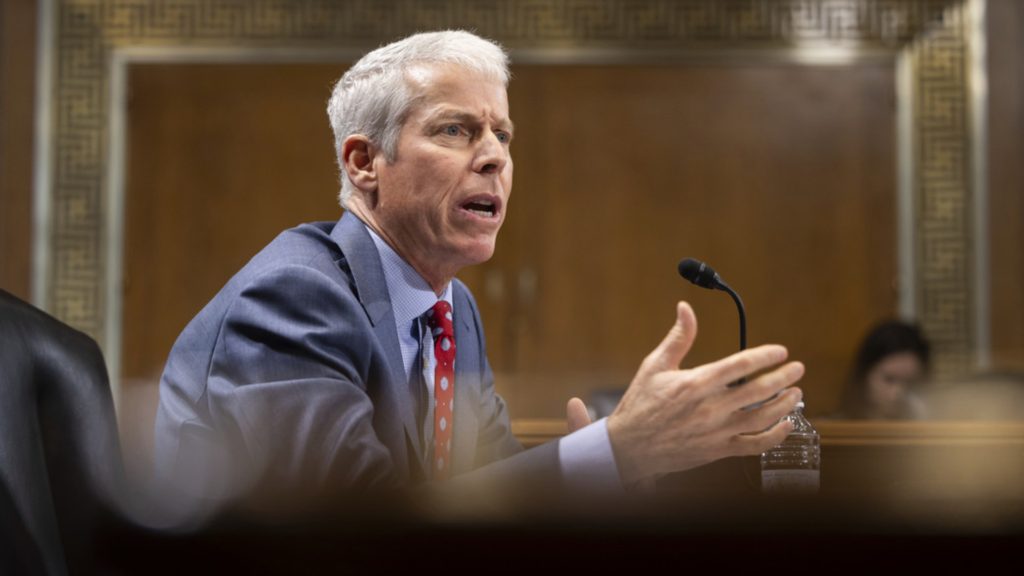What the HVAC industry is saying in D.C. — Part 1: Labor
Notes from the industry's May visit to Washington

Image: House(dot)gov
Hi, Alec here.
HVAC industry associations — PHCC, HARDI, and AHRI — last week flew to D.C. to advocate for contractors, distributors, and manufacturers.
Their goal? Ensuring policies on electrification and labor are practical — especially their implementation, considering the downstream effects on the industry and consumers.
-
I was invited by PHCC, and attended meetings and took notes.
-
Members from each state met with their representatives’ staff to discuss how policies impact them and provide win-win suggestions.
Below, in part one of a two-part series, are the takeaways from my notes on labor and workforce development:
#1: Pell Grants, a form of student aid, are available to undergraduate students, including those in community college HVAC programs.
-
The problem, as PHCC explains, is that most people come through contractor-run (or other) registered apprenticeship programs, where Pell Grants aren’t available — not from community colleges.
-
A NY-based contractor shared that training an apprentice in his program costs him around $17,000, which he covers himself. Other contractors want to start in-house programs, but can’t bear the costs.
-
The Bipartisan Workforce Pell Act was recently introduced to expand Pell Grant eligibility, allowing students enrolled in registered contractor-run apprenticeship programs, for example, to receive Pell Grants, reducing the cost burden on contractors.
-
The takeaway: PHCC supports the bill and urges bipartisan support.
#2: The Workforce Innovation and Opportunity Act (WIOA), a key workforce development law signed in 2014, helps job seekers, including those in HVAC, access employment by providing grants and other services.
-
Late last year, the Stronger Workforce for America Act was introduced to reauthorize WIOA through 2030, effectively updating and funding it.
-
If enacted, it would allocate more funds to upskilling the current workforce and support youth training programs.
-
The House passed it by a bipartisan 378-26 vote in April, and it’s now heading to the Senate.
-
The takeaway: PHCC encourages its reauthorization and Senate approval.
#3: The flip side of the labor equation is recruitment. Workforce development policies help those entering the trades, but garnering interest in the first place is a different problem. While most D.C. conversations concerned workforce development, there was some recruitment chatter.
-
Jeff Voss, owner of Jeff’s Plumbing & Repair in North Carolina, suggests industry-wide awareness blitzes, meeting people where they are, like blockbuster movies. He even joked: “Mario was a missed opportunity. He’s a great plumber, but no one knows it.”
-
He recommends targeted efforts to educate middle school parents on the value of trade careers, considering middle schoolers’ malleability compared to high schoolers.
-
The takeaway: “Cultural attitudes must change,” PHCC notes.
The bottom line: As demand for skilled workers outpaces supply, the industry must work together to maintain a “robust job training framework,” as PHCC says, “that equips jobseekers with a critical lifetime skillset and pathways to secure employment.”
📬 Get our stories in your inbox
Keep reading
Carrier, Trane CEOs speak at Laguna Beach conference
"The Daves" chatted with Morgan Stanley's Chris Snyder about company financials and 2025 opportunities
Optimizing contact centers: Q&A with Hatch, Peterman Brothers
A conversation about optimizing contact centers, including team structure, KPIs, increasing booking rates, and more
Department of Energy postpones HVAC testing, water heater regulations
The Department on Monday announced that it's postponed the implementation of several Biden-era home appliance rules


